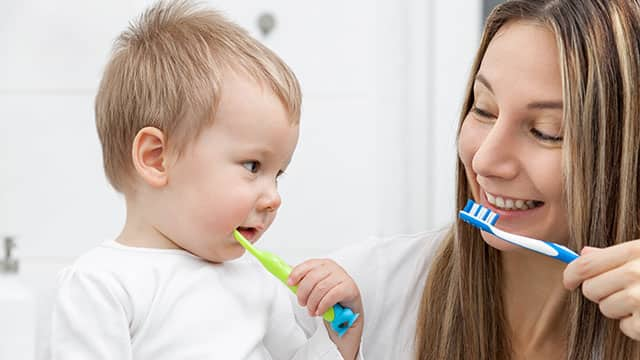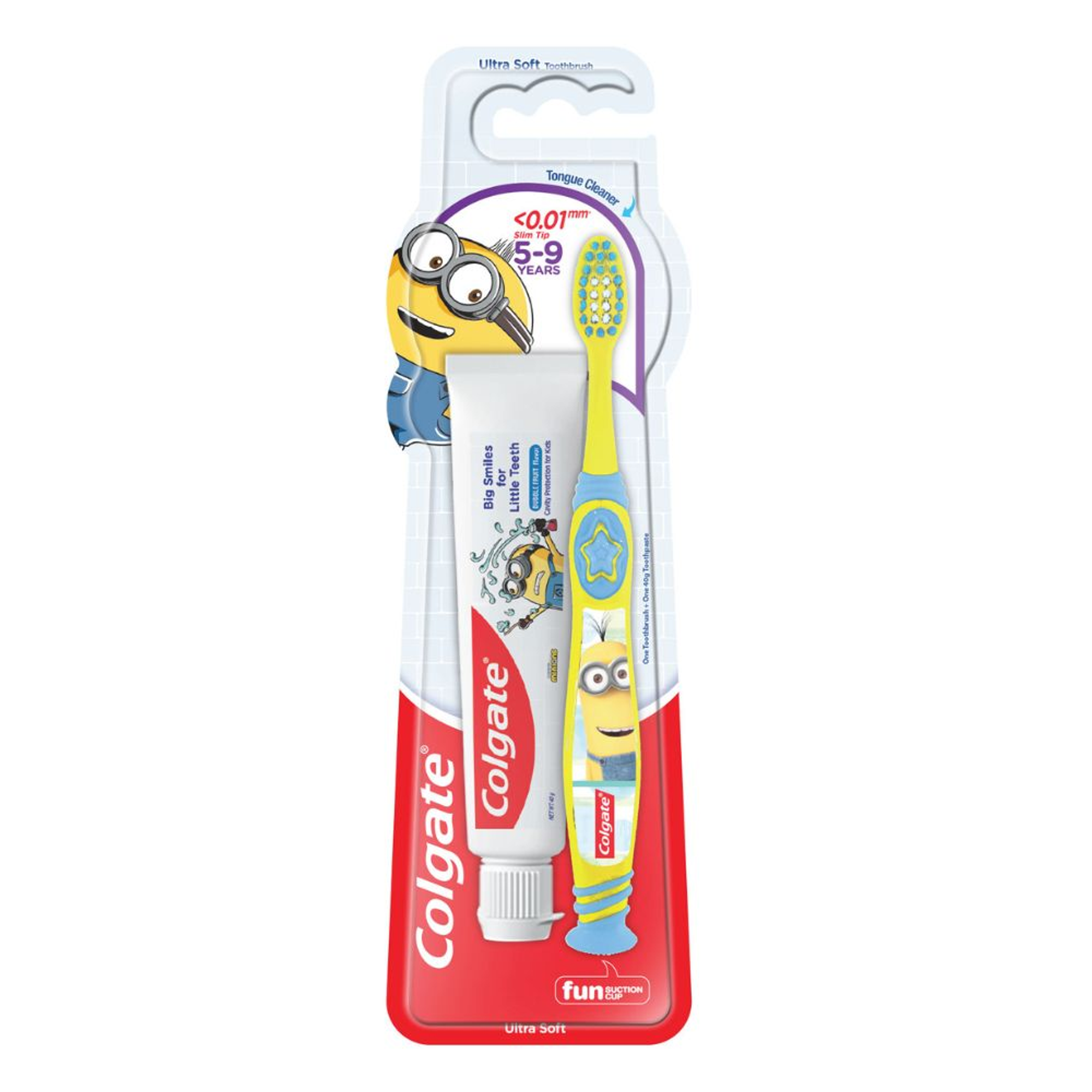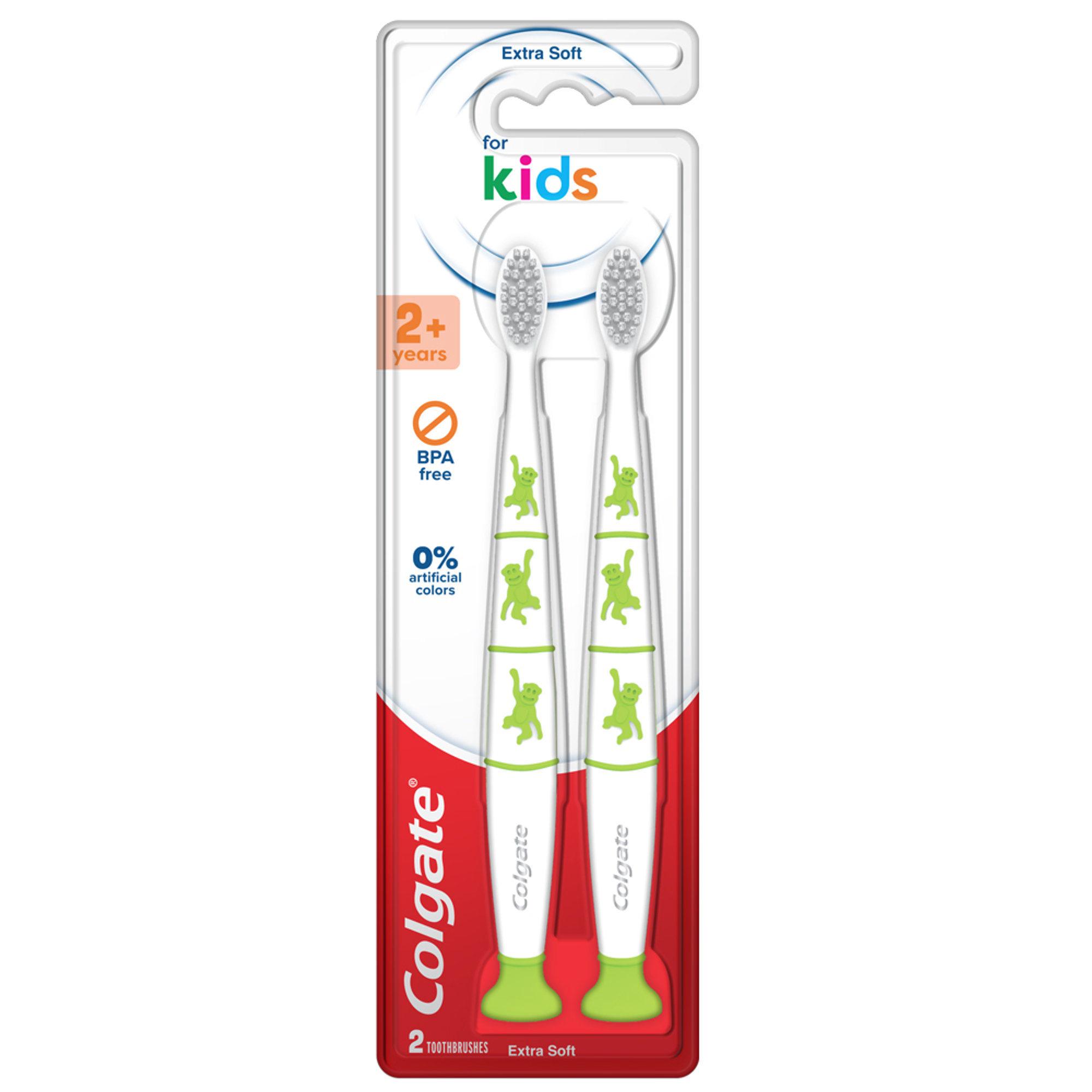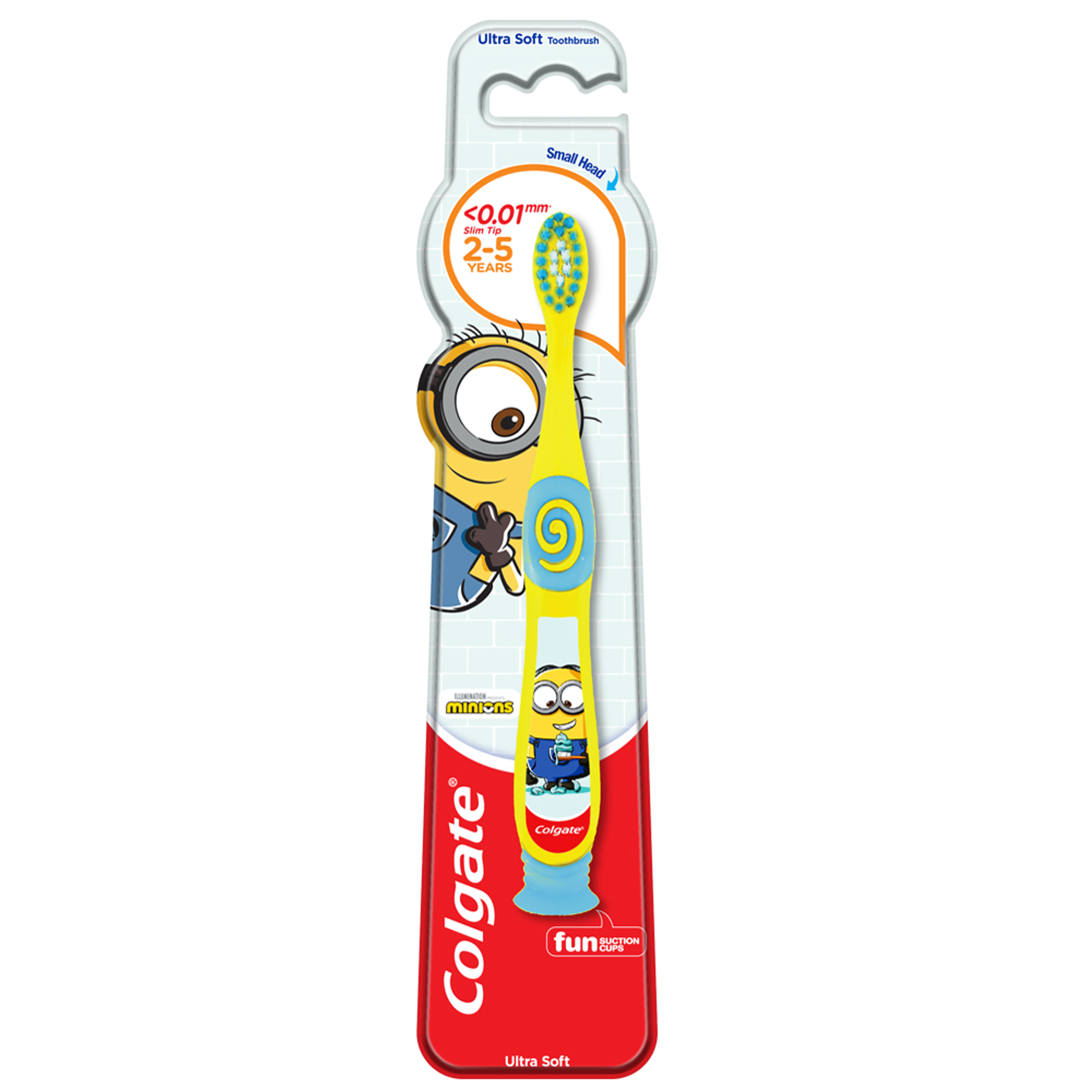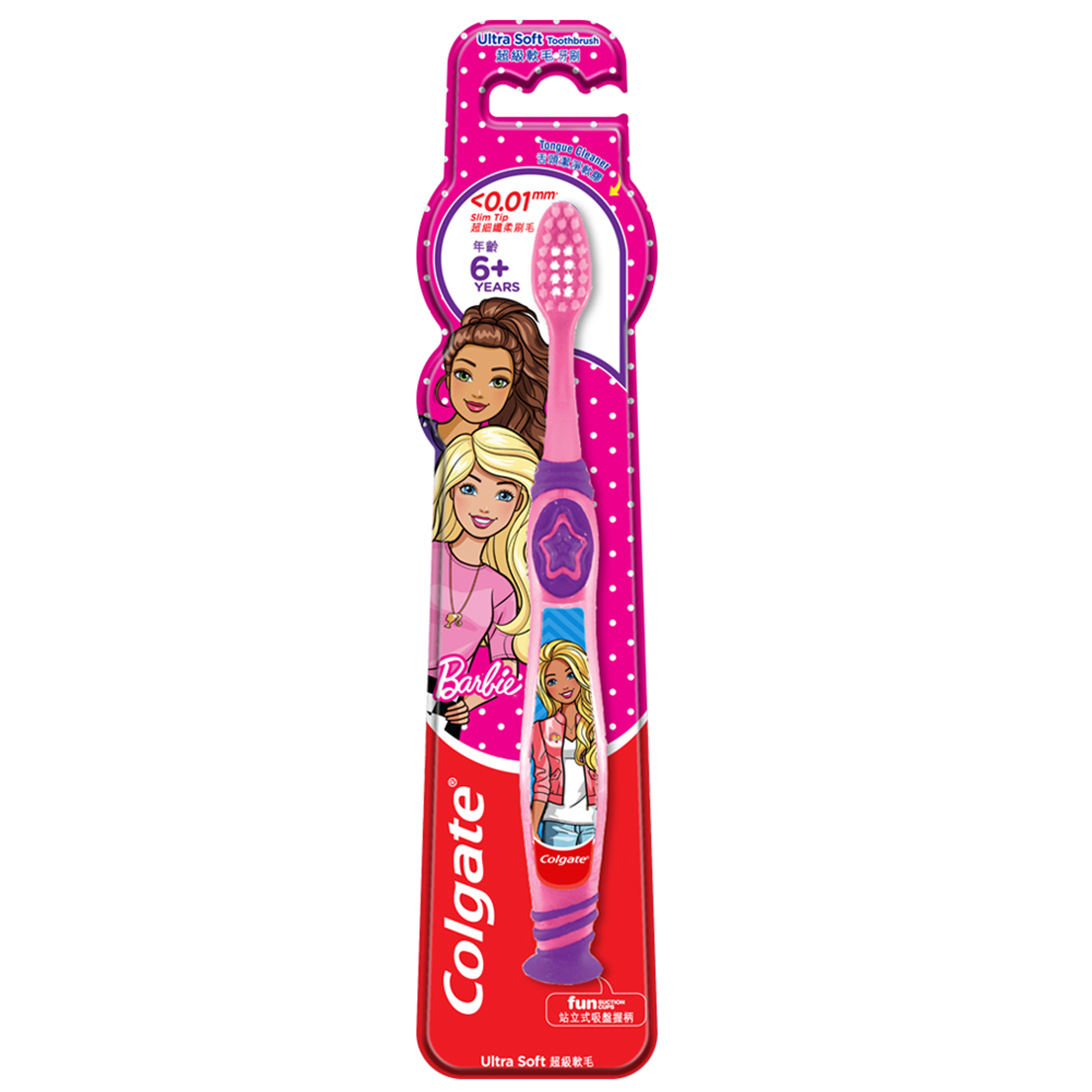-
-

FLUORIDE
Discover how stannous fluoride toothpaste prevents cavities and other oral health issues. Learn the key benefits of fluoride for teeth and its best uses.Fluoride plays a vital role in oral healthcare...

TEETH WHITENING
Teeth Whitening Serum for a Brighter, Confident SmileWho does not want whiter and brighter teeth? Thanks to the many teeth-whitening products available today...
-
Science & Innovation
- Colgate® | Toothpaste, Toothbrushes & Oral Care Resources
- Oral Health
- Toddler Tooth Decay and How to Prevent It
Tooth decay isn't a problem that affects only adults. Toddler tooth decay is a concern for parents because more than half of all children in Singapore have one or more rotten teeth by the time they start primary school, as reported by the Ministry of Health (MOH). This may cause parents to wonder what causes tooth decay, how to prevent it and how to treat it.
What Causes Tooth Decay in Toddlers
Tooth decay occurs in toddlers when bacteria within the mouth begin to eat away at the primary teeth. Tooth decay is also known as a cavity or dental caries. Inadequate dental care and not brushing your child's teeth well enough can be causes of decay.
According to the Ministry of Social and Family Development (MSF), prolonged milk bottle use may cause some children to develop cavities and lose their baby teeth early. This is also known as baby bottle tooth decay (BBTD). The milk or juice from the bottle sitting in your tot's mouth for hours create an ideal breeding ground for bacteria. Unhealthy eating habits contribute to tooth decay too. Allowing your child to suck on candy for prolonged periods or to eat a lot of sugary foods will play a role.
How to Prevent Tooth Decay in Toddlers
To prevent tooth decay in toddlers, you shouldn't let your child go to bed with a bottle or a sippy cup of milk or sweetened liquid. If you give your child a drink before bed or to help them go to sleep, always choose water. MSF recommends that you start encouraging your child to drink from a cup at six months old and to wean them off the bottle around one year old. This reduces the amount of time your child's teeth are exposed to decay-causing sugars while they slowly sip from a bottle or sippy cup.
Make sure you brush and floss your child's teeth daily and be sure to avoid sugary foods. Foods that are high in acid, such as citrus fruits, will weaken the enamel and make your child more susceptible to cavities.
Your child needs to see the dentist six months after the first tooth has erupted or by the time they turn one year old, according to MOH. You should brush your toddler's teeth with a soft-bristled brush at least twice a day and after your child eats sweets. You shouldn't, however, use a fluoride toothpaste until your little one is at least two years old or when they are able to spit the fluoride toothpaste out of their mouth and not swallow it. When they reach this age, you can get them started on a kid-friendly toothpaste with fluoride.
To brush correctly, you or your child should hold the brush at a 45-degree angle and use gentle strokes over the entire surface of the teeth and along the gum line. Each brushing should last for at least two minutes.
Treatment for Tooth Decay in Toddlers
If early childhood tooth decay is not treated, the cavities will continue to worsen and may cause pain before the baby teeth are due to fall out, notes the Society for Paediatric Dentistry, Singapore. Fillings may be used to correct smaller cavities, and a full crown may be needed if the damage is extensive. This will prevent the bacteria from spreading.
A tooth that has decay throughout may have to be extracted because the bacteria can cause the secondary (or adult teeth) to develop abnormally. Pitting or staining in the adult teeth may occur if decay is severe enough in the primary teeth. As a parent, in addition to your role in the protection of your child's baby and adult teeth, you're also helping to lay the oral hygiene groundwork for the rest of their lives. This means you should start good habits early so that they maintain a healthy set of adult teeth.
The fact that your toddler's teeth are going to fall out sooner or later doesn't mean you can ignore a child's oral care. Good oral health habits will prevent tooth decay in the first set of teeth, and the habits your child learns will stick with them throughout their lives.
Related Products

Helping dental professionals
More professionals across the world trust Colgate. Find resources, products, and information to give your patients a healthier future






